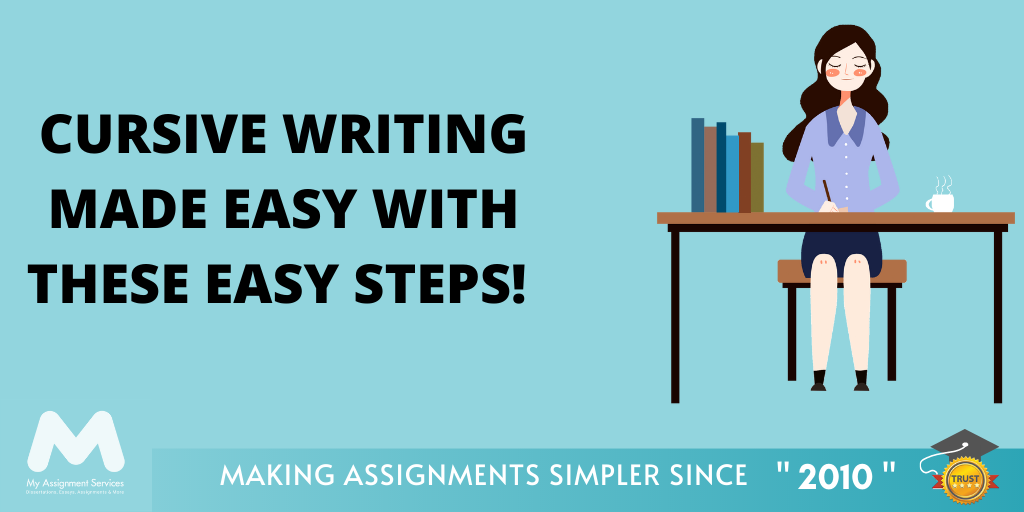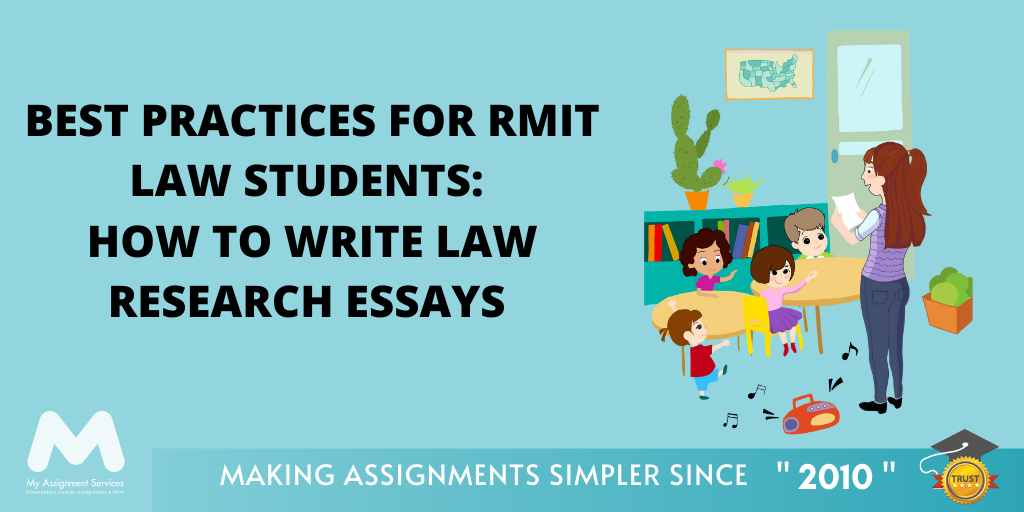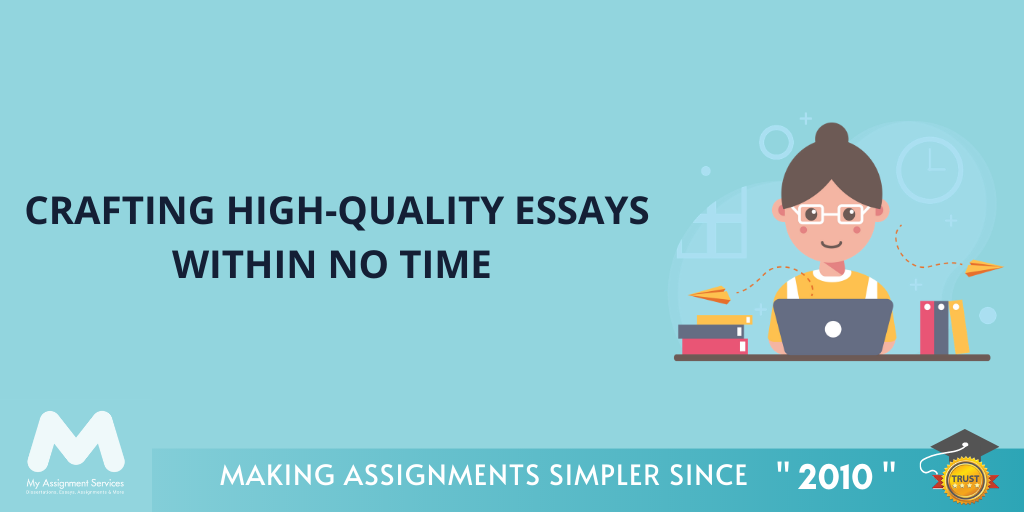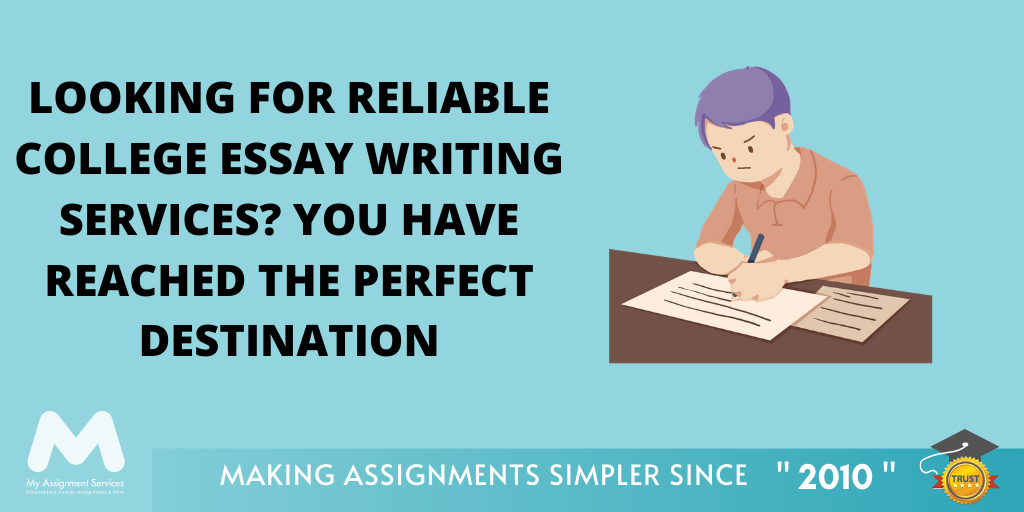Cursive is a style of penmanship in which the symbols of the language are written in a conjoined and/or flowing manner, generally for the purpose of making writing faster. While cursive is an alphabetic script, not all cursive scripts are "alphabetic" (write only one letter at a time) — for example, Chinese characters, though they are often mixed with alphabet letters to fit them on a keyboard, and some of the Mayan scripts which wrote multiple logograms together. Cursive writing is based on the motions (of your arm/hand/wrist) you make when turning or sweeping a letter form and involves more than just one kind of motion.
The following step guide will show you how to write the proper cursive style for each letter. Try to do homework in cursive as much as possible, and soon your handwriting will improve. The more you practice, the better your hand will easily move and replicate each letter.
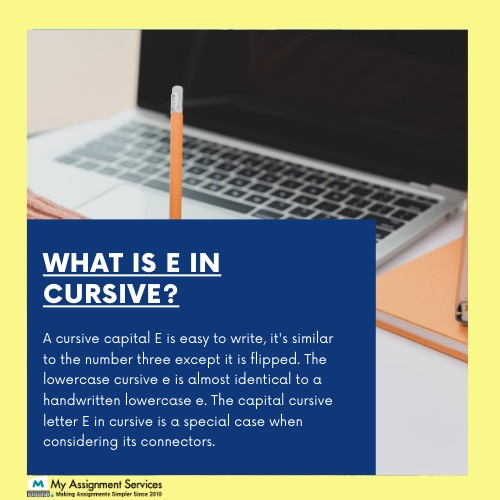
What Styles Of Cursive Handwriting Are There?
There are many cursive handwriting styles, but the two most common are joined-up and slanted. They both have their own advantages and disadvantages. Slanted cursive tends to be more efficient when it comes to writing speed since the letters flow into each other much more smoothly. It also makes your writing look better since you don't have any gaps between words or letter groups! However, slanted cursive can be harder to read for people who are unfamiliar with it, so they may not understand what has been written. Joined-up cursive is much easier for people to understand because each letter flows in a straight line down from the previous one. This means that you won't have any gaps between the letters or words when you write quickly! However, this can take much longer to do, especially if you write slowly. It also means that your writing won't look as nice since there will be a trail of unfinished letters behind each word!
Step By Step Guide On How To Write In Cursive
- Start with your pencil held by your strong hand at the top of the page and resting against your cheek. This way, you will make straighter lines.
- To start a cursive letter, put pencil to paper, making sure that you are holding it tight enough but not too hard.
- Make a smooth downstroke, starting from high on your cheekbone, swerving slightly left as you move towards the paper to produce an arc or letter "C" shape onto the paper below. Continue to curve this line until you reach the endpoint where you wish for your letter to end (usually somewhere near where I have drawn a dot). Don't forget to allow space for other letters!
- Now, make sure that you are holding your pencil the same way (as in step 1), come back up to high on your cheekbone again, and make a similar arc below the first one. Try to keep this one straighter than the first curve since it will be joined to another letter, so create less of a "C" shape until you reach the endpoint for this line (usually between where I have drawn dots).
- To start your next letter (which is likely to be lowercase "e"), lift your wrist slightly off of the paper and begin at the endpoint of the last downstroke, not where it begins at your face! This will ensure that all subsequent letters join up well without having to be adjusted, which is time-consuming and annoying (especially when writing quickly).
- Make a smooth arc that swerves slightly left again, but not as far this time. Follow the path of your first stroke until you reach its endpoint (see dotted line), then join it to the previous one by pressing down lightly with your pencil at an angle (I've shown this in black in my example).
- Finish off this letter "e" like the last "c" shape, making sure to leave enough room for other letters coming up.
- Curve downwards towards where I have drawn dots again, forming an intricate looping shape before going back upwards and turning right to come out somewhere near the center of where you want the letter to end.
- As per previous letters, curve back down and back up again near the center of your space just like with "e" above, then come out somewhere around where I have drawn dots with a longish line that turns inwards towards the stem of the letter at an angle (making sure not to go too far off course).
- Then bring your pencil back up to high on your cheekbone for this join with "c." You can do this with any lowercase cursive letter! Try them all and see how they fit together and look.
- To finish off this word, draw a couple of straight lines through any remaining dead space, so it looks neat and tidy when you read it.
- Now you can write whatever words you like! Sometimes letters get combined together to form completely new shapes, so you might need to figure out how to do them on your own too.
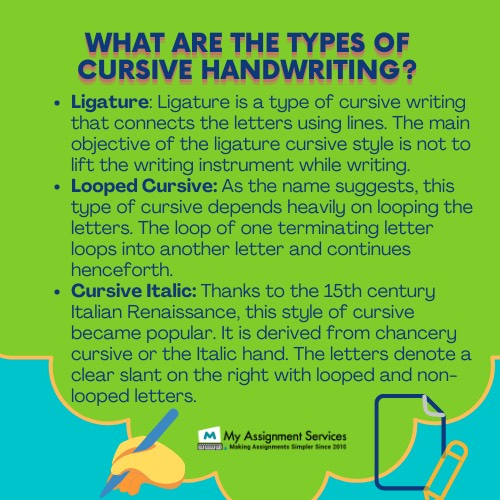
What Are The Benefits Of Cursive Handwriting?
Cursive handwriting is the traditional way of writing. Even in the age of computers, cursive still helps us communicate in a more efficient manner. We learn how to write correctly at school but then tend to get lazy when writing by hand later on. This causes poor quality handwriting that may be illegible or cause fatigue during long periods of writing. When you are required to write things frequently, good handwriting skills become extremely useful! Cursive allows faster writing speeds with less energy expended physically. Since it doesn't involve lifting your arm up so often, it is also less straining and can help reduce the risk of repetitive strain injuries like carpal tunnel syndrome. There are several health benefits of doing homework in cursive, such as; preventing from losing motor skill abilities, encouraging brain development, and even improving memory.
When we write in cursive handwriting, each letter has a beginning and an end that must be carefully considered before being drawn out. However, the letters flow into one another when writing in cursive, so they have no clear starting or stopping point! This helps you avoid focusing on how each letter looks individually, allowing your brain to focus instead on what you are trying to say. Cursive also makes reading faster since there aren't breaks between words or groups of letters! Learning all of this information in cursive can be efficient when trying to communicate, especially for young children! The main benefit of cursive handwriting is better legibility, which in turn makes it easier to understand what someone has written. You are also less likely to make mistakes when reading handwritten work since there aren't any gaps between the words or letters.
One problem with this is that if you write something illegible, there's no way of predicting what it will be without deciphering it letter by letter. As a result, poor cursive handwriting may cause confusion and frustration instead of help. However, the benefits often outweigh the disadvantages, and it is still considered one of the most effective methods of writing something quickly and legibly.
When writing, it is important to consider what you are trying to write and who will be reading it. If you want something that looks nice but takes longer to write, then joined-up cursive may be right for you! However, if your handwriting skills are poor or the person reading it isn't familiar with that style of writing, then slanted cursive would probably be better. It's also important to consider how often you will need to use cursive in the future too! If it's not so often, then perhaps print would be more appropriate instead?

